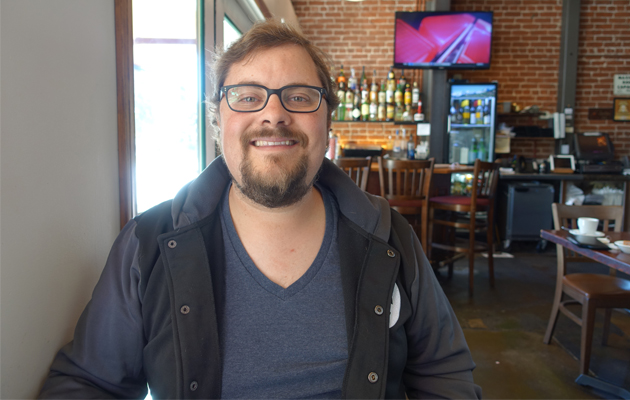Let the games begin
Date Posted: 1/11/2016

Written by Marshall Bissett
It sells out arenas in minutes and generates millions of dollars in merchandising and endorsements, reaching a devoted audience through worldwide telecasts. The activity that many parents look on as a complete waste of time is a 22-billion-dollar industry that outsells the Bond films and concert acts by a huge margin. It's the live arm of the gaming business and it's definitely not your father's Atari. The 2015 League of Legends World Championship in Berlin's Mercedes-Benz Arena set new records for concurrent online viewership with 14 million, an increase over 2014's 11 million. The overall total unique-viewer count for the finals came in at 36 million, a record for any e-sporting event, and up from 2014's 27 million. The venue for the 2016 World Championship, normally held in October, has yet to be announced. But the lighting industry should be happy: the Riot Games uses lots of fixtures, consoles and media servers.
The morning called for lots of strong black coffee as I caught up with lighting designer and programmer Mat Stovall in downtown Pasadena. Coming off back-to-back stints at the LA Auto Show and a call at Universal Studios that ended at 3:00am the previous morning, he was no doubt reminded of his early days "gig hunting" in Los Angeles. A native of northern California, in the late nineties, Stovall found a mentor in John Cage, the head of theater at the University of Cincinnati. "I went there to study music - low brass instruments like the tuba - but I soon got into technical theater, especially lighting. The department had amazing equipment - lots of Source Fours and Sensor dimmers," he explains.
He also got a taste of professional theater, working night calls at Cincinnati Ballet and Opera. Then followed a season of summer stock in Hayward, California, where he trained on ETC Expression® 3 and Obsession II. After graduating, Stovall put in another summer stock season; this time, in Santa Maria at Pacific Conservatory for the Performing Arts.
By 2005, he found himself in Los Angeles. "I had experience, but no network of West Coast contacts. I did enough gaffer gigs to realize that I didn't want to spend my life working red carpets at Hollywood and Highland," he jokes. A chance meeting with another mentor, designer Tom Ruzika, led to graduate school and a masters in theater from University of California, Irvine. That opened some doors, and after an internship with John Morgan and Lee Rose at Design Partners, Stovall made the contact that would change his career forever.
Lighting designer Arnold Serame needed help with auto shows and a new event for gamers called Blizzcon. "For that convention in 2005, we had catwalks loaded with
Sensor
packs and loads of
Source Four PARs
with Wybron color changers, and my job was to keep those running," kids Stovall. "Now all of that has been replaced by LED." Even with the economy of LED sources, this year, Blizzcon used 18 semi-loads of lighting equipment, cleaning out vendors all over Southern California.
The design team's principal client is Riot Games, and their job is to light the live broadcasts that are webcast to a worldwide audience from studios in Santa Monica and Berlin. Riot Games has also toured in South Korea, France, Spain and Sweden. Their business plan is to become the number-one player-focused game on earth. "Our studios feature a lot of ETC LED fixtures. We use
[Desire] D40's
as washes and
[Source Four LED] Series 2 Lustrs
as key lights, color highlights and gobo washes," says Stovall, "and we have about 40 ETC
CYC adapters
in the Santa Monica studio. This year, we will probably buy a couple of
Eos Ti's.
"
Lighting a live, giant videogame show presents its own challenges. "It's similar to lighting a variety show. We have very few set looks, but lots of ballyhoos and sweeps, and we have to keep lights out of the players' and audience's eyes, so we use a lot of side and top light," he adds. Future shows will emphasize their sports aspirations by playing in the round. There are 10 gamers on stage at any one time, playing for 30 minutes, and a female host who keeps the audience informed.
On a personal level, Mat continues to look for design challenges: "I like doing weird one-offs and am also interested in getting into some concert design." With the gaming industry showing no signs of tailing off, those plans may have to stay on hold.